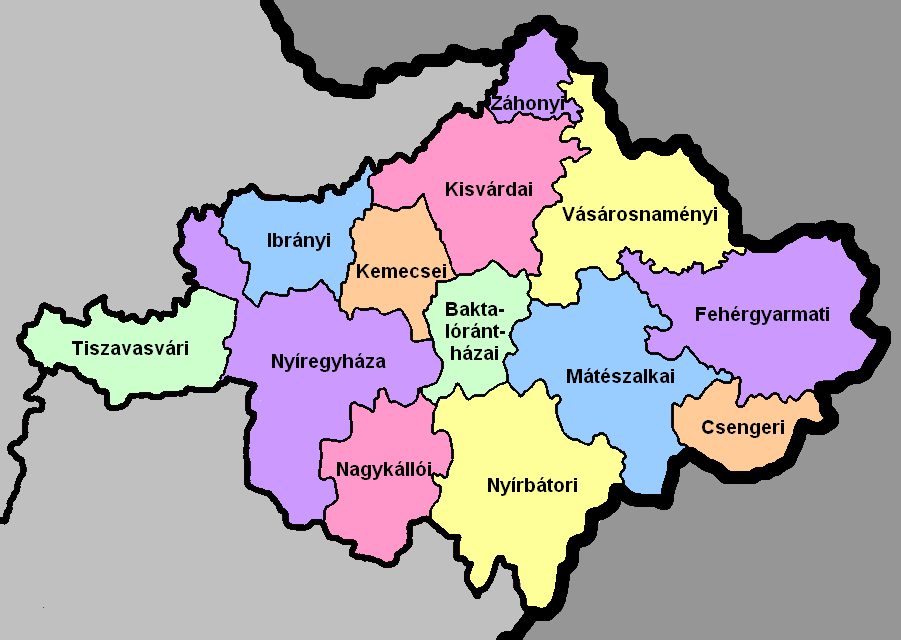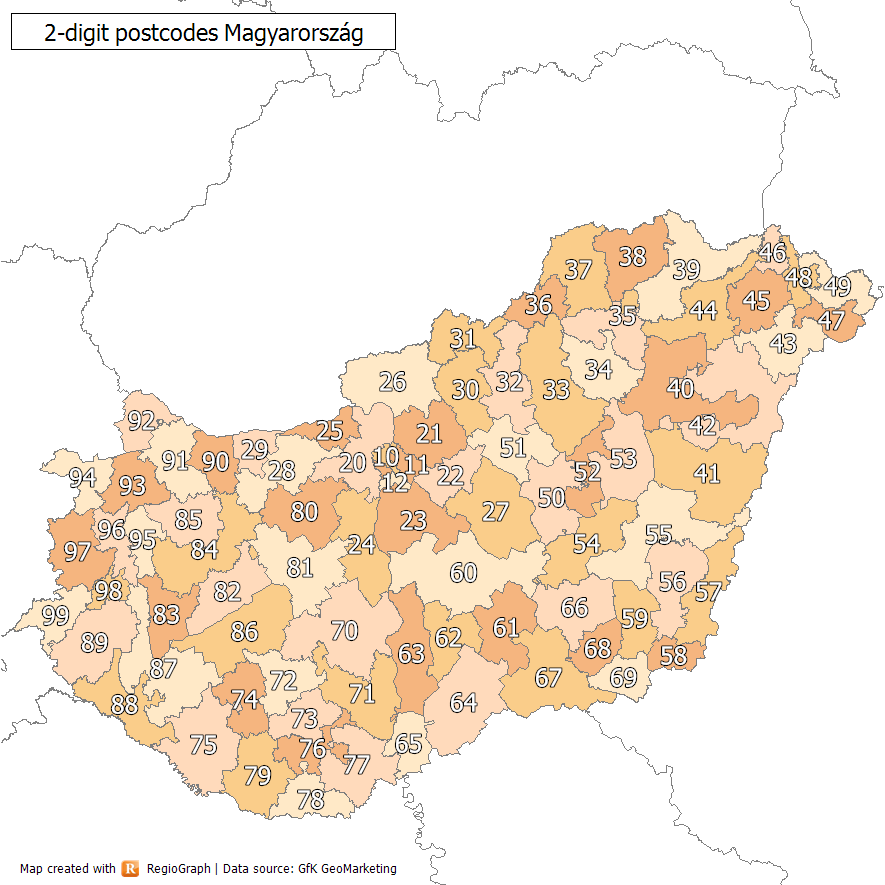|
Kemecse
Kemecse is a town in Szabolcs-Szatmár-Bereg county, in the Northern Great Plain region of eastern Hungary. Geography It covers an area of and has a population of 4815 people (2015). International relations Twin towns – Sister cities Kemecse is twinned with: * Lăzarea Lăzarea ( hu, Gyergyószárhegy or colloquially ''Szárhegy'', Hungarian pronunciation: , meaning ''Bald Mountain in Gyergyó'') is a commune in Harghita County, Romania. It lies in the Székely Land, an ethno-cultural region in eastern Transylv ..., Romania References External links * in Hungarian Populated places in Szabolcs-Szatmár-Bereg County {{Szabolcs-geo-stub ... [...More Info...] [...Related Items...] OR: [Wikipedia] [Google] [Baidu] |
Kemecse District
Kemecse ( hu, Kemecsei járás) is a district in central part of Szabolcs-Szatmár-Bereg County. ''Kemecse'' is also the name of the town where the district seat is found. The district is located in the Northern Great Plain Statistical Region. This district is a part of Rétköz geographical region. Geography Kemecse District borders with Kisvárda District to the northeast, Baktalórántháza District to the southeast, Nyíregyháza District to the south, Ibrány District to the west. The number of the inhabited places in Kemecse District is 11. Municipalities The district has 2 towns and 9 villages. (ordered by population, as of 1 January 2013) The bolded municipalities are cities. Demographics In 2011, it had a population of 22,066 and the population density was 90/km². Ethnicity Besides the Hungarian majority, the main minority is the Roma (approx. 2,000). Total population (2011 census): 22,066 Ethnic groups (2011 census): Identified themselves: 21,663 persons: *H ... [...More Info...] [...Related Items...] OR: [Wikipedia] [Google] [Baidu] |
Szabolcs-Szatmár-Bereg County
Szabolcs-Szatmár-Bereg ( hu, Szabolcs-Szatmár-Bereg megye, ) is an administrative county (Hungarian: ''megye'') in north-eastern Hungary, bordering Slovakia (Košice Region), Ukraine (Zakarpattia Oblast), and Romania ( Bihor and Satu Mare counties). It shares borders with the Hungarian counties Hajdú-Bihar and Borsod-Abaúj-Zemplén. The capital of Szabolcs-Szatmár-Bereg county is Nyíregyháza. Szabolcs-Szatmár-Bereg County was organised after World War II from the previous counties Szatmár-Ugocsa-Bereg and Szabolcs. Before 1991, it was called Szabolcs-Szatmár County. Geography Szabolcs-Szatmár-Bereg is located in the north-eastern tip of Hungary. It borders Ukraine (Zakarpattia Oblast), Slovakia (Košice Region), and Romania ( Bihor and Satu Mare counties), and has good connections both by road and rail. Within Hungary, the county is bordered by Borsod-Abaúj-Zemplén County and the Tisza River to the north-west and Hajdú-Bihar County to the south-west. The ear ... [...More Info...] [...Related Items...] OR: [Wikipedia] [Google] [Baidu] |
Districts Of Hungary
Districts of Hungary are the second-level divisions of Hungary after counties. They replaced the 175 subregions of Hungary in 2013. Altogether, there are 174 districts in the 19 counties, and there are 23 districts in Budapest. Districts of the 19 counties are numbered by Arabic numerals and named after the district seat, while districts of Budapest are numbered by Roman numerals and named after the historical towns and neighbourhoods. In Hungarian, the districts of the capital and the rest of the country hold different titles. The districts of Budapest are called ''kerületek'' (lit. district, pl.) and the districts of the country are called ''járások.'' By county Baranya County Bács-Kiskun County Békés County Borsod-Abaúj-Zemplén County Csongrád-Csanád County Fejér County Győr-Moson-Sopron County Hajdú-Bihar County Heves County Jász-Nagykun-Szolnok County Komárom-Esztergom County Nógrád County Pest County ... [...More Info...] [...Related Items...] OR: [Wikipedia] [Google] [Baidu] |
List Of Cities And Towns Of Hungary
Hungary has 3,152 Municipality, municipalities as of July 15, 2013: 346 towns (Hungarian term: ''város'', plural: ''városok''; the terminology doesn't distinguish between city, cities and towns – the term town is used in official translations) and 2,806 villages (Hungarian: ''község'', plural: ''községek'') of which 126 are classified as large villages (Hungarian: ''nagyközség'', plural: ''nagyközségek''). The number of towns can change, since villages can be elevated to town status by act of the President. The capital Budapest has a special status and is not included in any county while 23 of the towns are so-called urban counties (''megyei jogú város'' – town with county rights). All county seats except Budapest are urban counties. Four of the cities (Budapest, Miskolc, Győr, and Pécs) have agglomerations, and the Hungarian Statistical Office distinguishes seventeen other areas in earlier stages of agglomeration development. The largest city is the capital, Bu ... [...More Info...] [...Related Items...] OR: [Wikipedia] [Google] [Baidu] |
Lăzarea
Lăzarea ( hu, Gyergyószárhegy or colloquially ''Szárhegy'', Hungarian pronunciation: , meaning ''Bald Mountain in Gyergyó'') is a commune in Harghita County, Romania. It lies in the Székely Land, an ethno-cultural region in eastern Transylvania, and is composed of two villages, Ghiduț (''Güdüc'') and Lăzarea. The commune is one of the oldest settlements in the area, and is now a tourist and cultural centre. It has various local attractions, including the Lázár Castle (1450). It is located in the central-north part of the county, at the foot of the Căliman-Harghita Mountains, on the banks of the river Lăzarea. History The history of the village is closely interwoven with that of the Lázár family. Its first written mention is from 1482 when a certain Erzsébet Bíró of Kide warned a Székely named Lázár of '' Zarhegh'' and Péter Szilvási to beware of disposing of the estate of Kide to which she was entitled under the title of bride price and dower. In 1576, ... [...More Info...] [...Related Items...] OR: [Wikipedia] [Google] [Baidu] |
Counties Of Hungary
, alt_name = , alt_name1 = , alt_name2 = , alt_name3 = , alt_name4 = , map = , category = Unitary state , territory = Hungary , upper_unit = , start_date = 1950 (Current form, 19 + Budapest) , start_date1 = , start_date2 = , start_date3 = , start_date4 = , legislation_begin = , legislation_begin1 = , legislation_begin2 = , legislation_begin3 = , legislation_begin4 = , legislation_end = , legislation_end1 = , legislation_end2 = , legislation_end3 = , legislation_end4 = , end_date = , end_date1 = , end_date2 = , end_date3 = , end_date4 = , current_number = 19 , number_date = 1950 , type = , type1 = , type2 = , type3 = , type4 = , status = , statu ... [...More Info...] [...Related Items...] OR: [Wikipedia] [Google] [Baidu] |
Central European Summer Time
Central European Summer Time (CEST), sometimes referred to as Central European Daylight Time (CEDT), is the standard clock time observed during the period of summer daylight-saving in those European countries which observe Central European Time (CET; UTC+01:00) during the other part of the year. It corresponds to UTC+02:00, which makes it the same as Eastern European Time, Central Africa Time, South African Standard Time, Egypt Standard Time and Kaliningrad Time in Russia. Names Other names which have been applied to Central European Summer Time are Middle European Summer Time (MEST), Central European Daylight Saving Time (CEDT), and Bravo Time (after the second letter of the NATO phonetic alphabet). Period of observation Since 1996, European Summer Time has been observed between 01:00 UTC (02:00 CET and 03:00 CEST) on the last Sunday of March, and 01:00 UTC on the last Sunday of October; previously the rules were not uniform across the European Union. There were proposals ... [...More Info...] [...Related Items...] OR: [Wikipedia] [Google] [Baidu] |
Central European Time
Central European Time (CET) is a standard time which is 1 hour ahead of Coordinated Universal Time (UTC). The time offset from UTC can be written as UTC+01:00. It is used in most parts of Europe and in a few North African countries. CET is also known as Middle European Time (MET, German: MEZ) and by colloquial names such as Amsterdam Time, Berlin Time, Brussels Time, Madrid Time, Paris Time, Rome Time, Warsaw Time or even Romance Standard Time (RST). The 15th meridian east is the central axis for UTC+01:00 in the world system of time zones. As of 2011, all member states of the European Union observe summer time (daylight saving time), from the last Sunday in March to the last Sunday in October. States within the CET area switch to Central European Summer Time (CEST, UTC+02:00) for the summer. In Africa, UTC+01:00 is called West Africa Time (WAT), where it is used by several countries, year round. Algeria, Morocco, and Tunisia also refer to it as ''Central European ... [...More Info...] [...Related Items...] OR: [Wikipedia] [Google] [Baidu] |
Postal Codes In Hungary
Postal codes in Hungary are four digit numeric. The first digit is for the postal region, as listed below (with the postal centre indicated after the number): * 1xxx Budapest (*) * 2xxx Szentendre * 3xxx Hatvan * 4xxx Debrecen (*) * 5xxx Szolnok * 6xxx Kecskemét * 7xxx Sárbogárd * 8xxx Székesfehérvár * 9xxx Győr Not all of the above are county capitals: Hatvan, Sárbogárd and Szentendre are major cities, but not county capitals. They are, however, all well communicated cities and big junctions. In Budapest postal codes are in the format 1XYZ, where X and Y are the two digits of the district number (from 01 to 23) and the last digit is the identification number of the post office in the district (there are more than one in each district). A special system exists for PO Box deliveries, which do not follow the district system. These special postal codes refer to a specific post office rather than an area. The "1000" postal code designates the Countrywide Logistics Centre, ... [...More Info...] [...Related Items...] OR: [Wikipedia] [Google] [Baidu] |
Countries Of The World
The following is a list providing an overview of sovereign states around the world with information on their status and recognition of their sovereignty. The 206 listed states can be divided into three categories based on membership within the United Nations System: 193 member states of the United Nations, UN member states, 2 United Nations General Assembly observers#Present non-member observers, UN General Assembly non-member observer states, and 11 other states. The ''sovereignty dispute'' column indicates states having undisputed sovereignty (188 states, of which there are 187 UN member states and 1 UN General Assembly non-member observer state), states having disputed sovereignty (16 states, of which there are 6 UN member states, 1 UN General Assembly non-member observer state, and 9 de facto states), and states having a political status of the Cook Islands and Niue, special political status (2 states, both in associated state, free association with New Zealand). Compi ... [...More Info...] [...Related Items...] OR: [Wikipedia] [Google] [Baidu] |
Town
A town is a human settlement. Towns are generally larger than villages and smaller than cities, though the criteria to distinguish between them vary considerably in different parts of the world. Origin and use The word "town" shares an origin with the German word , the Dutch word , and the Old Norse . The original Proto-Germanic word, *''tūnan'', is thought to be an early borrowing from Proto-Celtic *''dūnom'' (cf. Old Irish , Welsh ). The original sense of the word in both Germanic and Celtic was that of a fortress or an enclosure. Cognates of ''town'' in many modern Germanic languages designate a fence or a hedge. In English and Dutch, the meaning of the word took on the sense of the space which these fences enclosed, and through which a track must run. In England, a town was a small community that could not afford or was not allowed to build walls or other larger fortifications, and built a palisade or stockade instead. In the Netherlands, this space was a garden, mor ... [...More Info...] [...Related Items...] OR: [Wikipedia] [Google] [Baidu] |

_of_Hungary.png)




.jpg)